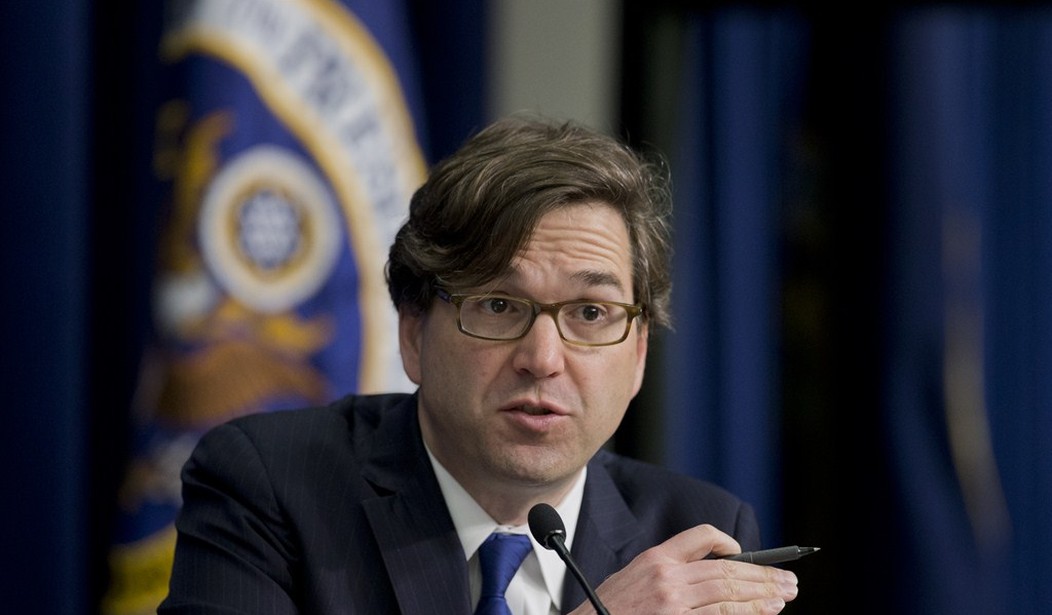The disastrous rail strike appears to have been averted yesterday which is good news, but it may be short-lived. The chances that the Federal Reserve is going to be able to bring down inflation without sending the country into a recession seem to be declining. The Economist says the dream of a soft landing has been dashed and the worst is yet to come.
Over the summer a wild hope took hold among investors. Inflation seemed to be falling gently even as America’s economy stayed in rude health. Perhaps the worst bout of inflation since the 1980s would be easily quelled, without interest rates rising much further or much economic pain. Now the dream has been dashed. Figures published on September 13th show that the pace of underlying inflation in August was fast and furious. Stockmarkets fell by the most since the early months of the pandemic; the price of junk bonds dropped; and short-term Treasury yields spiked. America still has an inflation problem. To fix it, the Federal Reserve must go big…
The Fed’s job is to set interest rates so that inflation reaches its target. With the economy still overheating, its work is far from done. Although the central bank has raised interest rates faster than in past tightening cycles, it has been so far behind the curve that every reminder of inflation’s stickiness is jolting markets—the opposite of what good monetary policy is supposed to achieve.
Rather than continuing the cycle of tardiness and surprises the Fed should act in bigger increments, by bringing forward to this year the interest-rate rises it had planned for 2023. The odds that a painful recession can be averted, meanwhile, look woefully long. Only in the rosiest of worlds will a mild rise in unemployment suffice to slow down price rises substantially. The worst of the fight to tame inflation is yet to come.
Yesterday the NY Times published a story which came to basically the same conclusion. Here’s the Times describing the conditions for a wage price spiral:
As data this week showed, prices continue to soar. And, while the job market has moderated somewhat, employers are still hiring at a solid clip and raising wages at the fastest pace in decades. That continued progress seems to be allowing consumers to keep spending, and it may give employers both the power and the motivation to increase their prices to cover their climbing labor costs.
As inflationary forces chug along, economists said, the risk is rising that the Fed will clamp down on the economy so hard that America will be in for a rough landing — potentially one in which growth slumps and unemployment shoots higher.
It is becoming more likely “that it won’t be possible to wring inflation out of this economy without a proper recession and higher unemployment,” said Krishna Guha, who heads the global policy and central bank strategy team at Evercore ISI and who has been forecasting that the Fed can cool inflation without causing an outright recession…
In their economic estimates in June, officials anticipated that interest rates would climb to a peak of 3.8 percent next year and that unemployment would rise only slightly from its current level of 3.7 percent. Economists increasingly project that both forecasts — interest rates and unemployment — could jump higher.
“The most plausible scenario is that inflation won’t come down unless unemployment goes up,” Mr. Furman said. “It is possible that the labor market could cool down without additional unemployment — it’s just never happened that way before.”
If you’ve been watching the stock market this week then you’ve already seen a preview of what it looks like when the Fed gets aggressive. Goldman Sachs took a look at where that might be headed:
In a new note to clients, Goldman Sachs chief markets economist Dominic Wilson and global markets strategist Vickie Chang crunched the numbers on what it would mean if Fed has to take a more aggressive path than the market is forecasting.
The results are not great. If the Fed has to hit the economy hard enough to get the unemployment rate up to 5%, the S&P 500 SPX would have to fall 14% to below 3,400…
In the more severe scenario where the jobless rate would have to hit 6%, the S&P 500 would fall 27%, to below 2,900…
Our next chance to get an idea of how bad this might get comes next week when the Fed releases another rate decision.








Join the conversation as a VIP Member